Easy Iron
- A highly bioavailable form of elemental iron
- Supports the formation of red blood cells*
- Supports oxygen transportation and energy production*
Couldn't load pickup availability


Key Ingredient
Quercetin
Quercetin is a natural plant pigment classified as a bioflavonoid. This key dietary antioxidant helps mitigate oxidative stress by scavenging and neutralizing free radicals in the body and improves the antioxidant activity of other dietary compounds such as vitamin C (Askari et al., 2021).
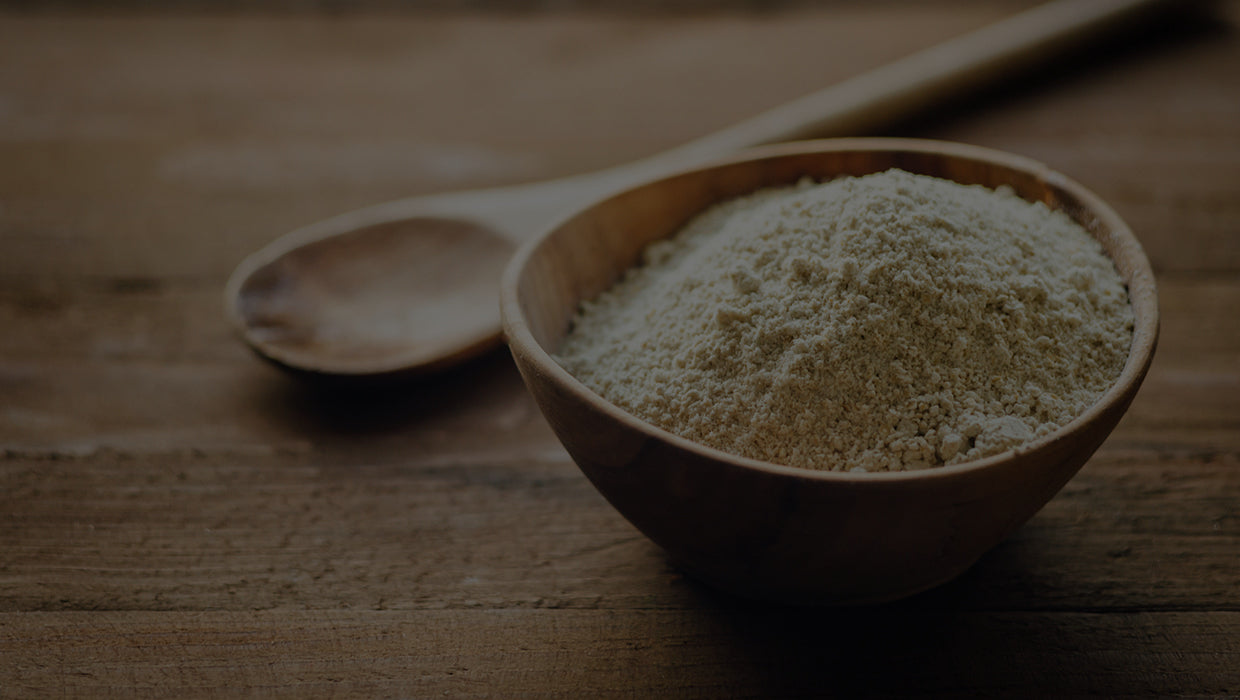
Learn More About Quercetin
Find out why this little known substance is the latest addition to your daily health regime.
Learn MoreKey Ingredient
Turmeric
Native to Southeast Asia, the brilliant yellow spice turmeric is a member of the ginger family. Arguably the best-known botanical today, the use of turmeric for both culinary and medicinal purposes dates back nearly 4,000 years.
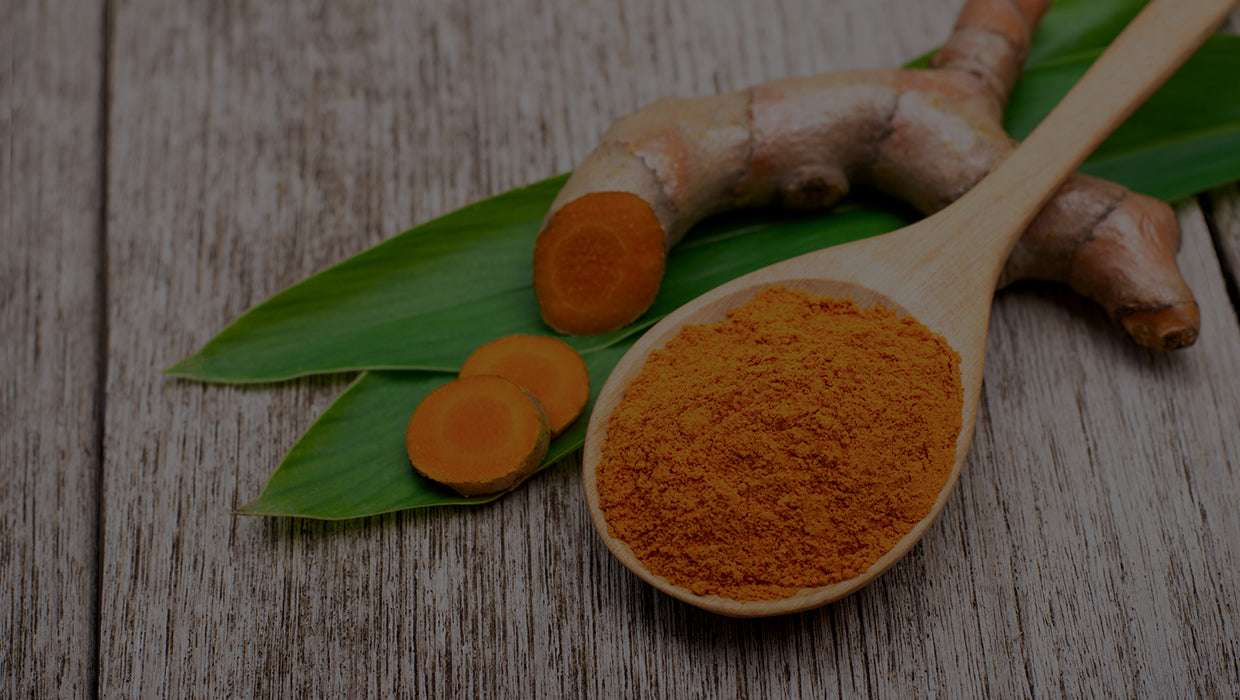
What are the Benefits of Turmeric?
Find our how adding turmeric to your supplement regimen can help support your overall health.
Learn MoreKey Ingredient
Oregano
Oregano is no average herb. For fans of Mediterranean cuisine, oregano’s unique aroma and flavor are definitely recognizable, but did you know that it has a long list of health benefits, including antioxidant and anti-inflammatory benefits?
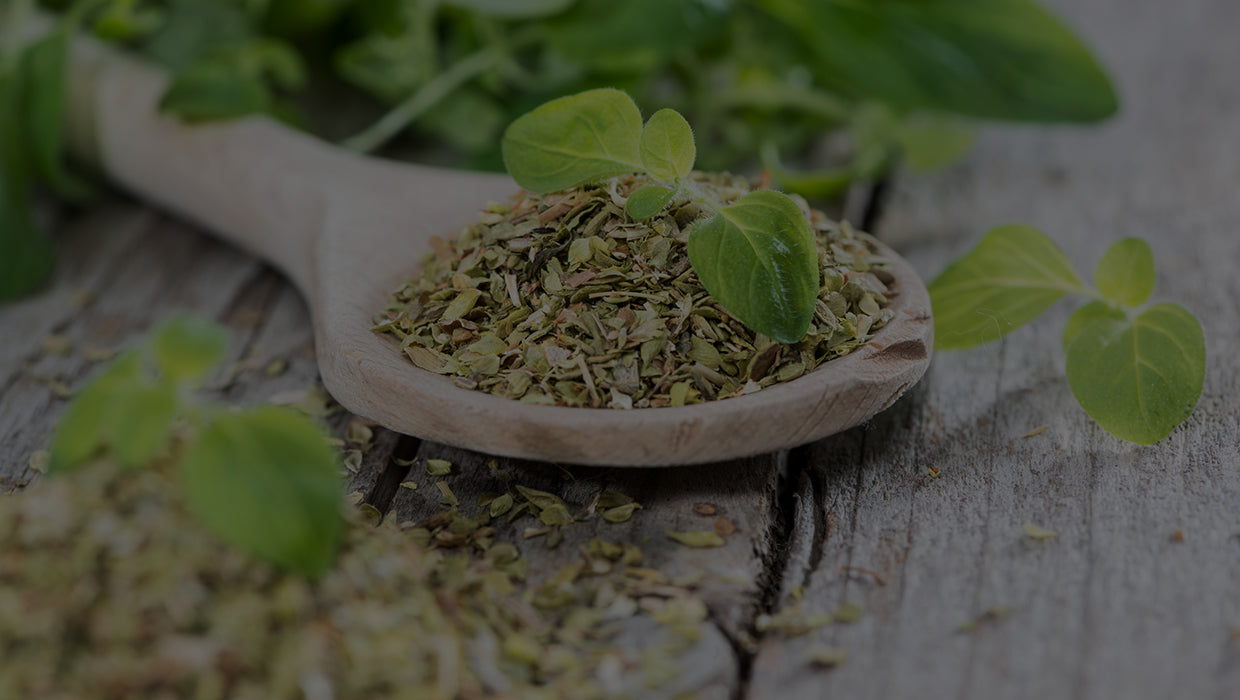
What are the Benefits of Oregano?
Find out how adding Oregano to your supplement regimen can support your health.
Learn MoreKey Ingredient
Licorice Root
Before it became a popular culinary ingredient, licorice was used as a medicine by ancient civilizations throughout Europe and Asia.
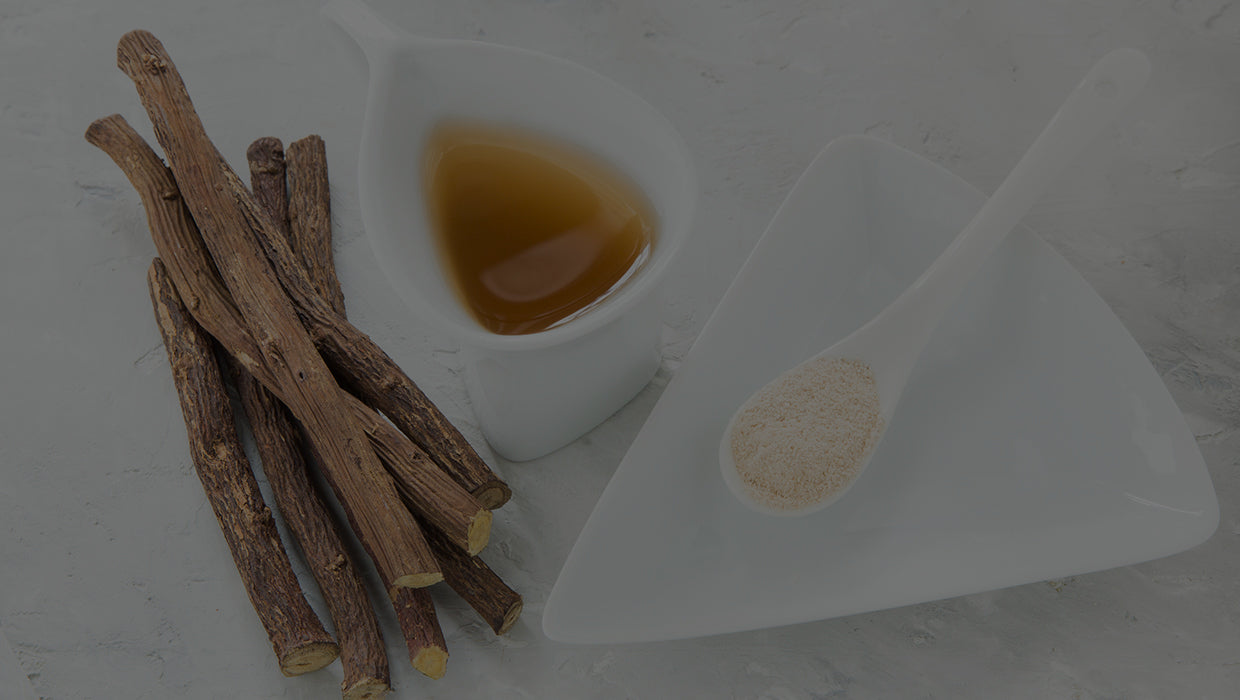
What are the Benefits of Licorice Root?
Find out how adding Licorice Root to your supplement regimen can support your digestive health.
Learn MoreKey Ingredient
Echinacea
Echinacea, a popular flowering plant native to North America, is no stranger to health enthusiasts. Echinacea may be beautiful to look at, but did you know it also has a long list of health benefits?
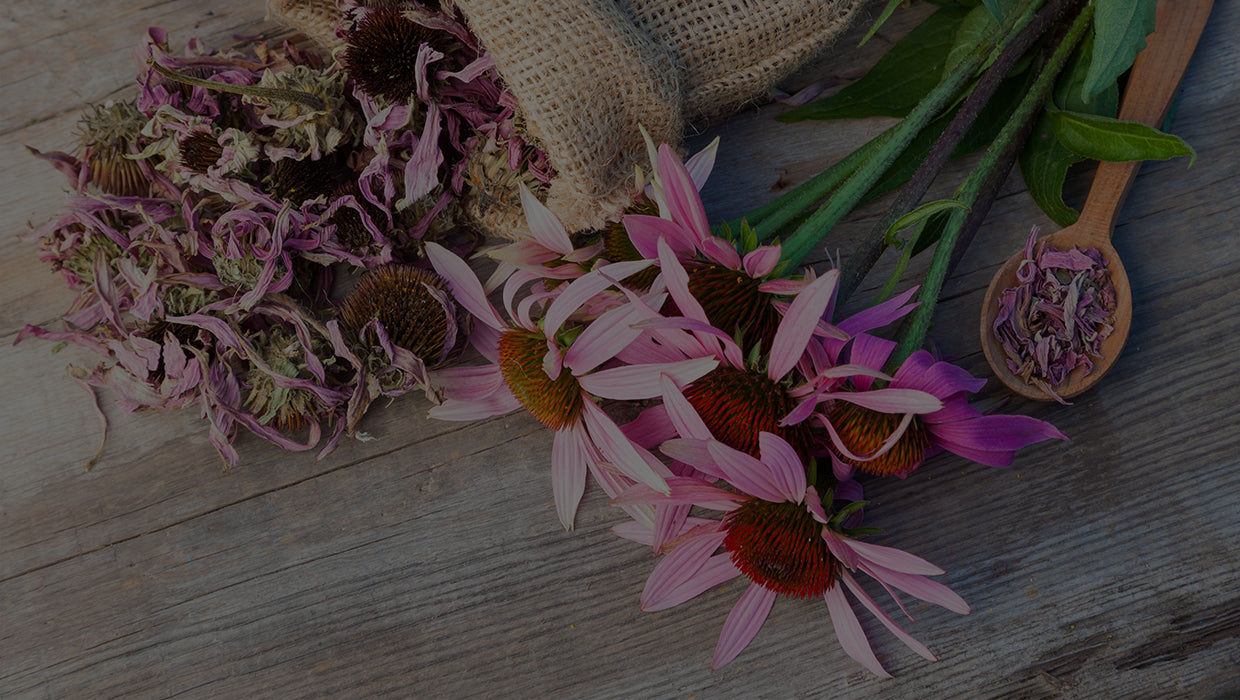
What are the Benefits of Echinacea?
Find out why this plant is so much more than a nice addition to your garden.
Learn MoreKey Ingredient
Cranberry
For many people, these tart North American berries are too lip-puckering to eat fresh. Thankfully, cranberry extracts offer an even more concentrated source of antioxidants than their fresh counterparts.
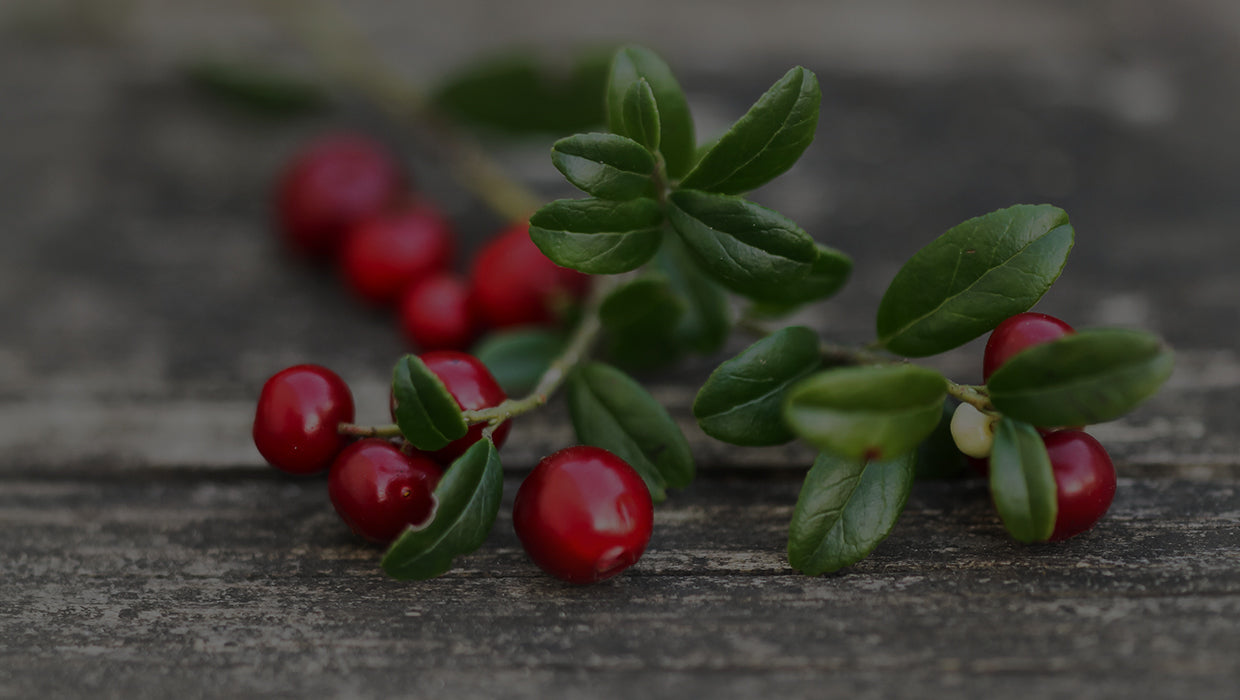
What are the Benefits of Cranberry?
Find out how adding cranberry to your supplement regimen can support your health.
Learn MoreKey Ingredient
Milk Thistle
This Mediterranean herb with spiky purple flowers, named after its milky white veins, has been treasured for its healing properties since the first century AD.
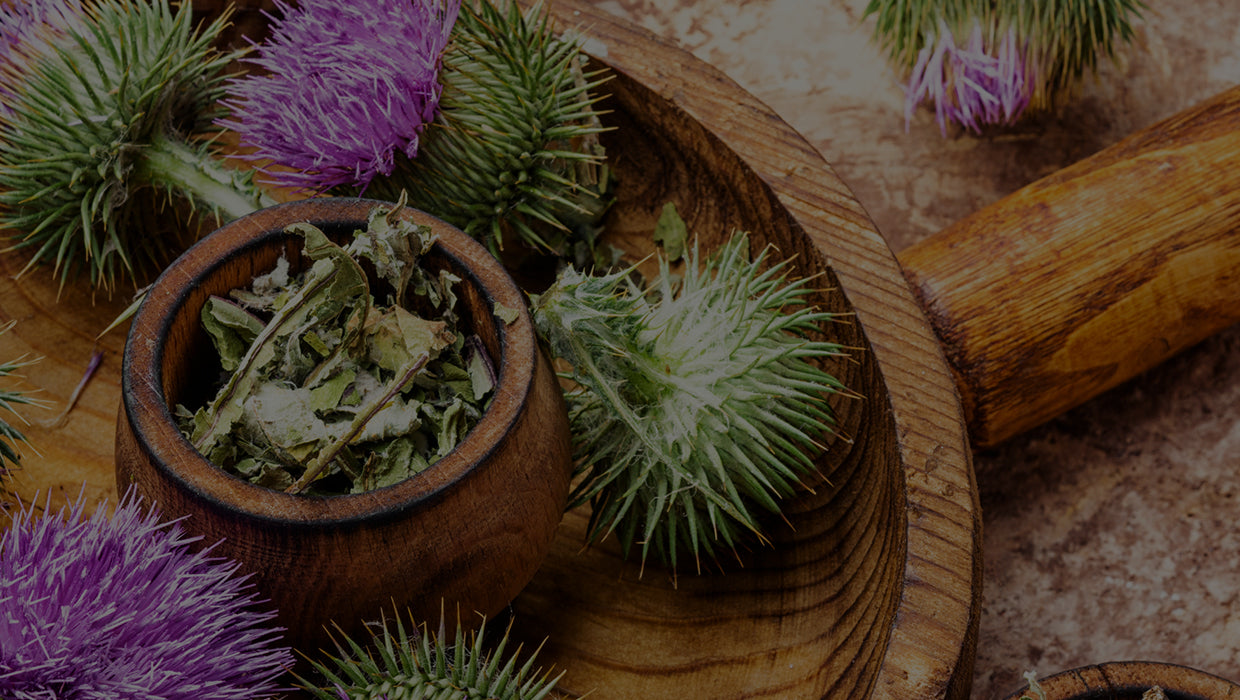
What are the Benefits of Milk Thistle?
Find out how adding Milk Thistle to your supplement regimen can support a healthy liver.
Learn MoreKey Ingredient
Wild Alaskan Salmon
Wild Salmon Oil delivers essential fatty acids just as nature intended.
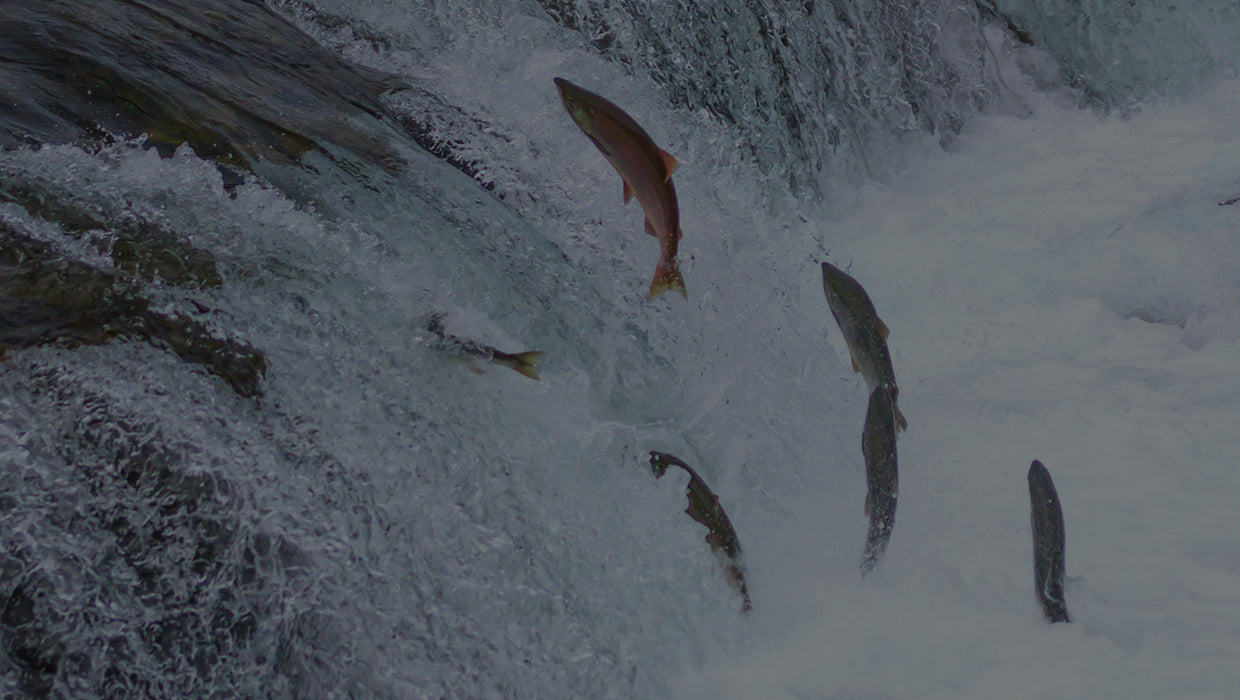
What are the Benefits of Wild Alaskan Salmon Oil?
Find out how adding this sustainably caught salmon oil to your supplement regimen can help support your overall health.
Learn MoreKey Ingredient
Pharma GABA
Gamma-aminobutyric acid, also simply known as GABA, has been clinically shown to be effective in helping soothe a racing mind.
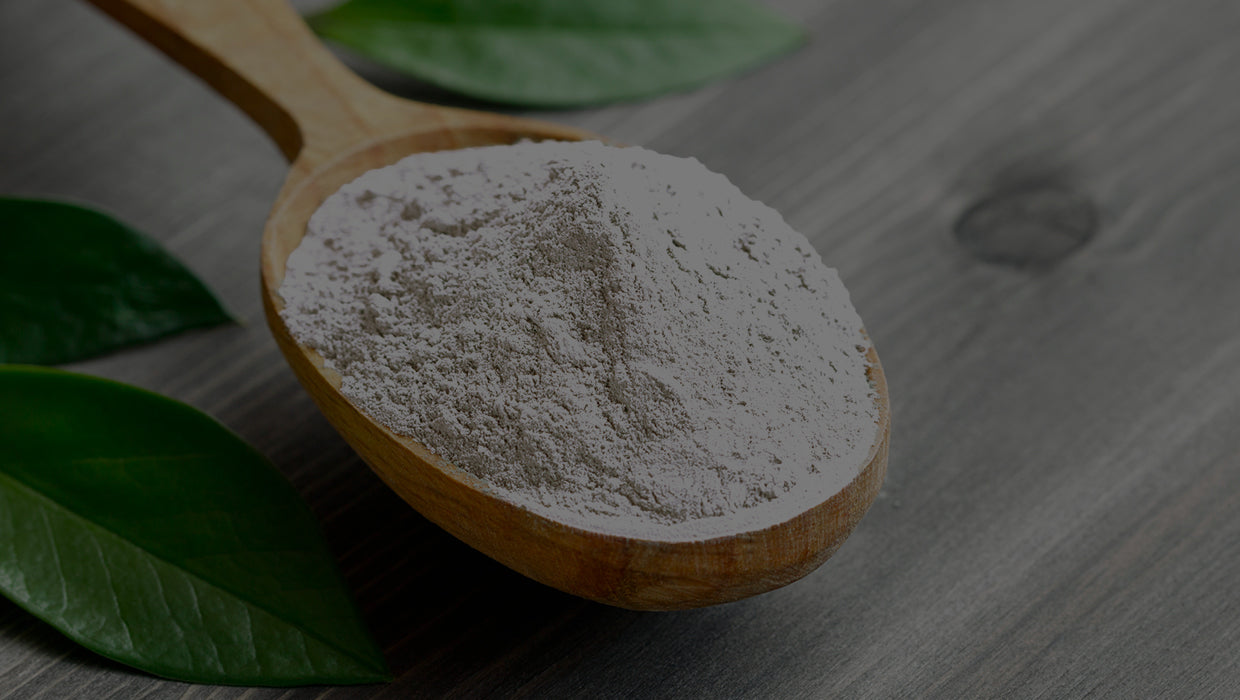
What is Pharma GABA®?
Find out how adding this natural form of the calming brain compound gamma-aminobutyric acid to your supplement regimen can help support your mental health.
Learn MoreWhat Else Should I Know?
Suggested Usage
Suggested Usage
Chew 1 tablet per day or as directed by a health professional.
Warnings:
As with any supplement, consult your health professional before use if you are pregnant, breastfeeding, or trying to conceive, or if you are taking medication, have a medical condition, or anticipate a surgery. Iron deficiency anemia is uncommon in the US. Take only as advised by your health professional. Keep out of the reach of children.
WARNING: Accidental overdose of iron-containing products is a leading cause of fatal poisoning in children under 6. Keep this product out of reach of children. In case of accidental overdose, call a doctor or poison control center immediately.
Allergy Information
Allergy Information
Contains no artificial colors, preservatives, or sweeteners; no dairy, sugar, wheat, gluten, yeast, soy, egg, fish, shellfish, animal products, salt, tree nuts, or GMOs.

Where can I find this?
Find this product from one of our trusted independent natural health retailers.












